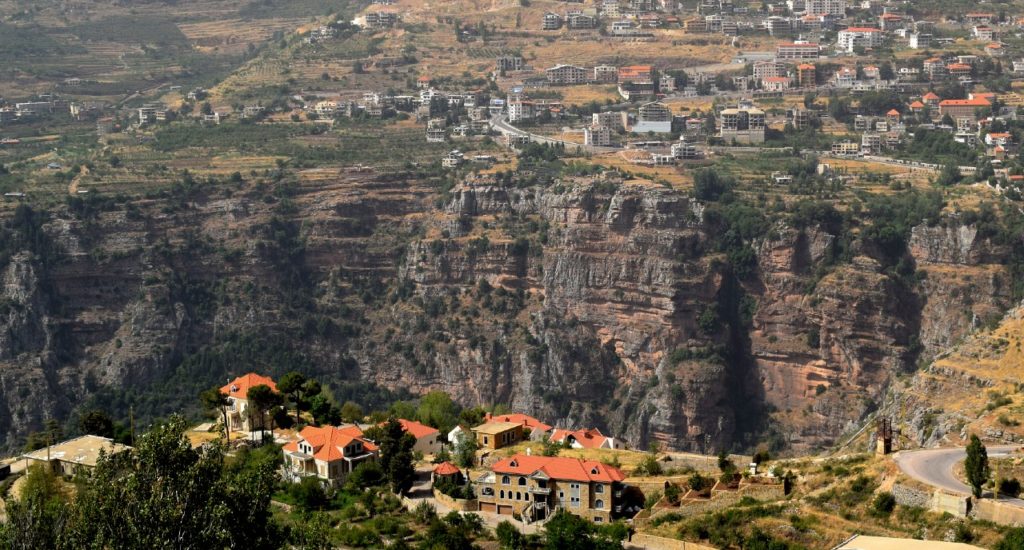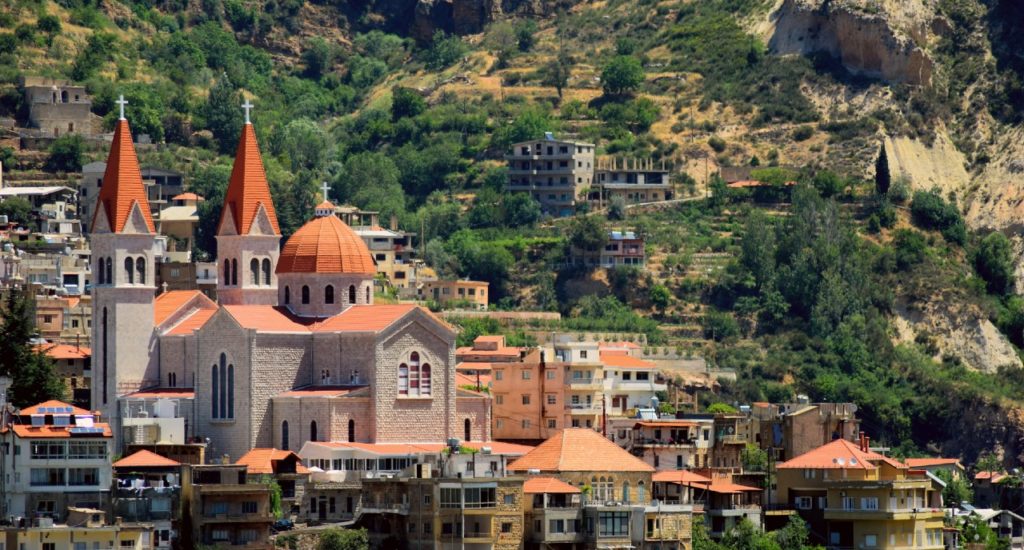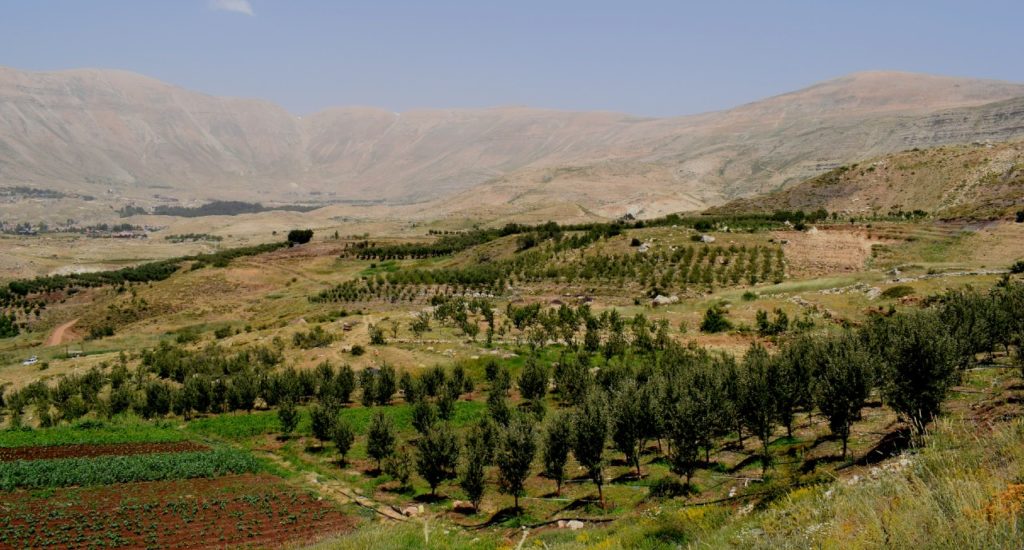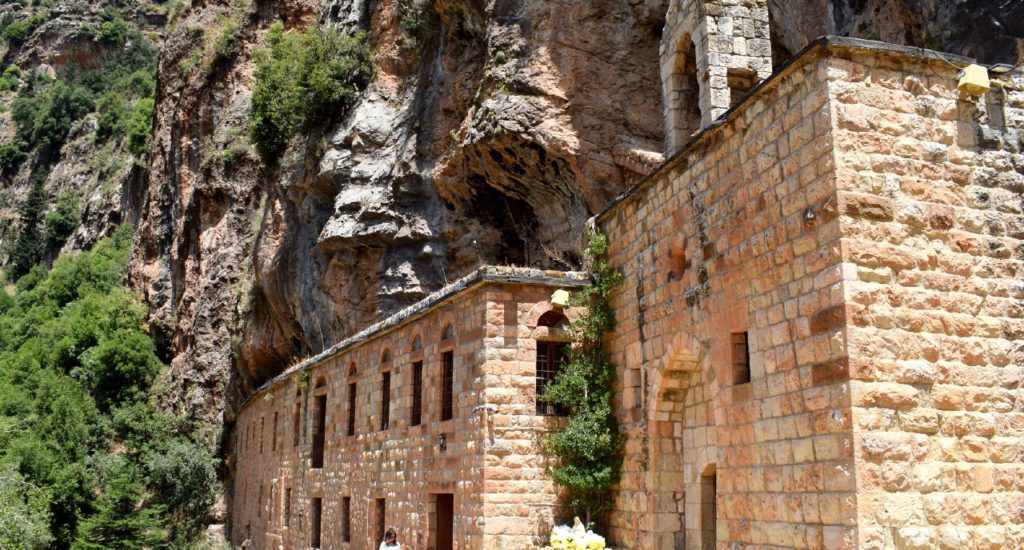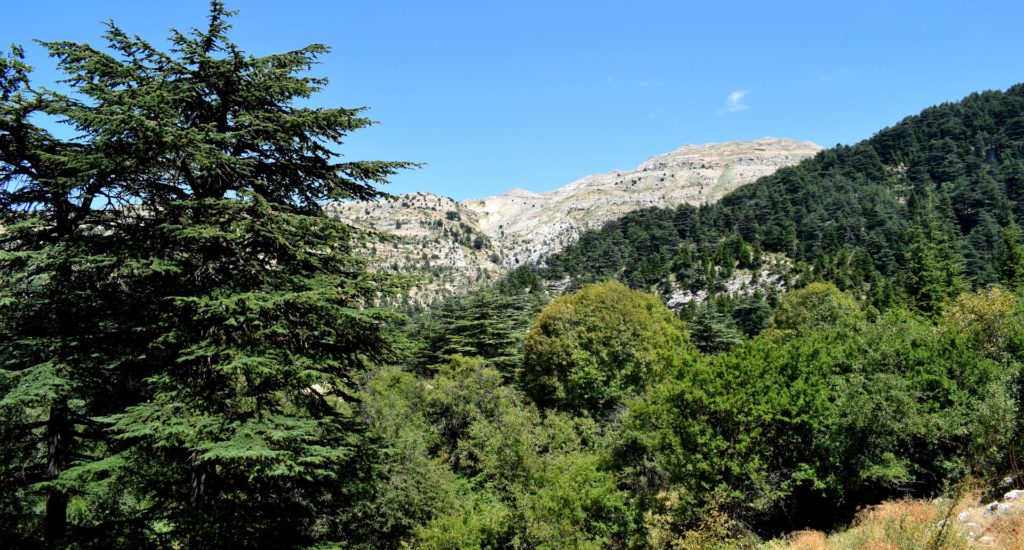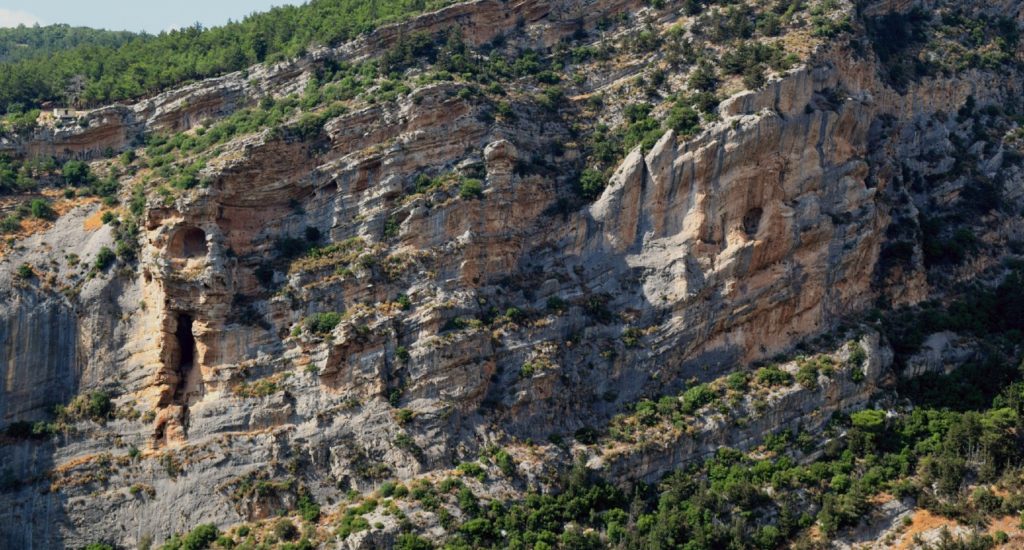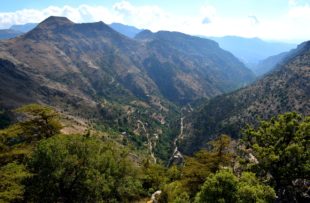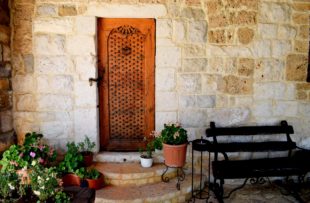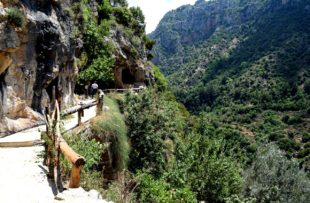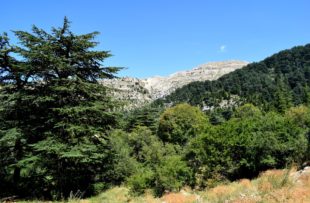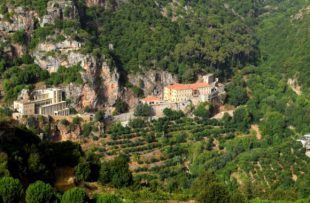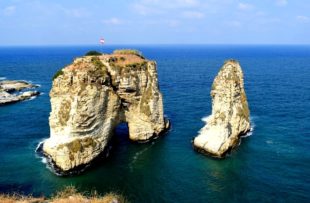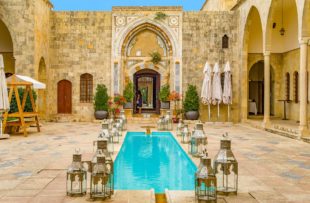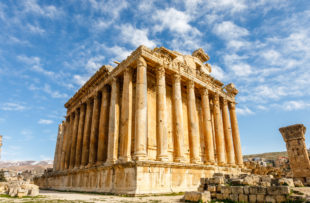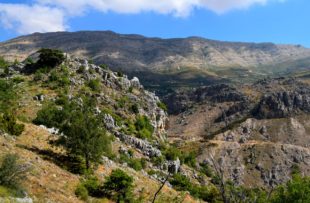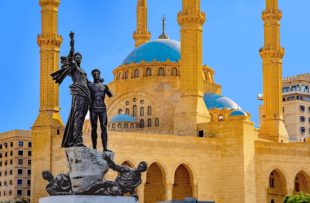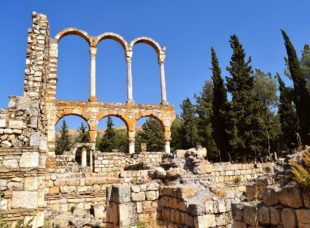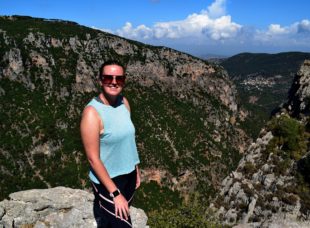Comprised of two valleys in a heart shape around 70km northeast of Byblos, the Qadisha Valley is home to some of the most dramatic scenery in Lebanon. For centuries this has been the seat of the Maronite community, which is why UNESCO deemed it worthy of World Heritage status in 1998 as one of the most important early monastic settlements in the world. Much of this legacy can be seen here today, with monasteries tucked inconceivably at the bottom of cliff faces all along the valley floor. When the Arabs arrived in Lebanon in the seventh century the valley was a place of refuge for many Maronites and their rock caves and hermitages can be spotted almost everywhere. This explains the name – Qadisha means ‘holy’ in the Syriac language. The Forest of the Cedars of God is also in this part of the country, one of the last remnants of this ancient landscape.
The Qadisha Valley is paradise for outdoor adventurers. Late spring, summer, and early autumn provide the best weather for hiking in the region, with several sections of the Lebanese Mountain Trail passing through this area. There are lots of options here, from full-day treks along the higher passes and bottom of the valley, to gentle flat strolls between monasteries or the shade of the cedar forests. In winter, between the months of December and March, Qadisha is a popular ski destination with one of the oldest ski resorts in the country at more than 2,000 metres altitude.


